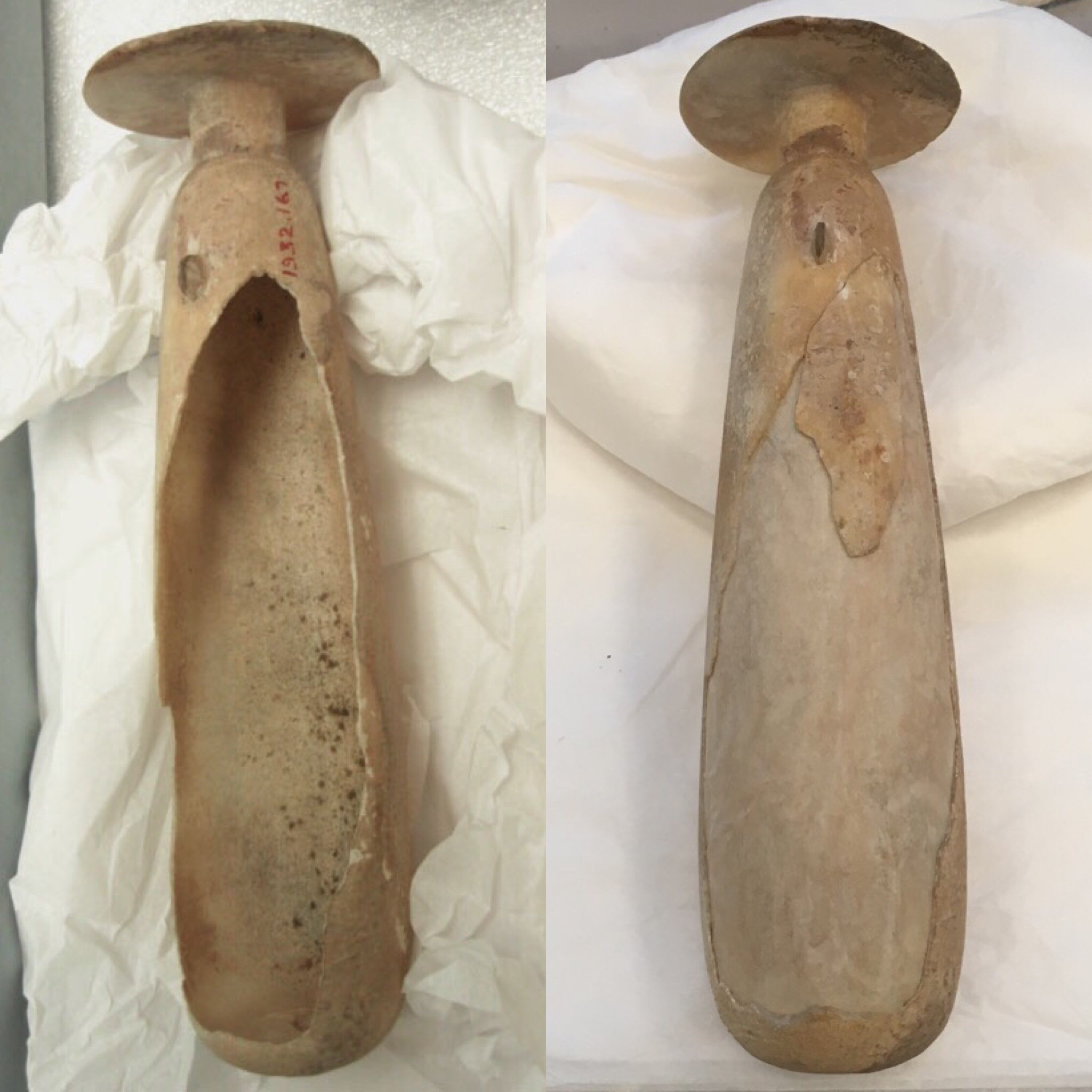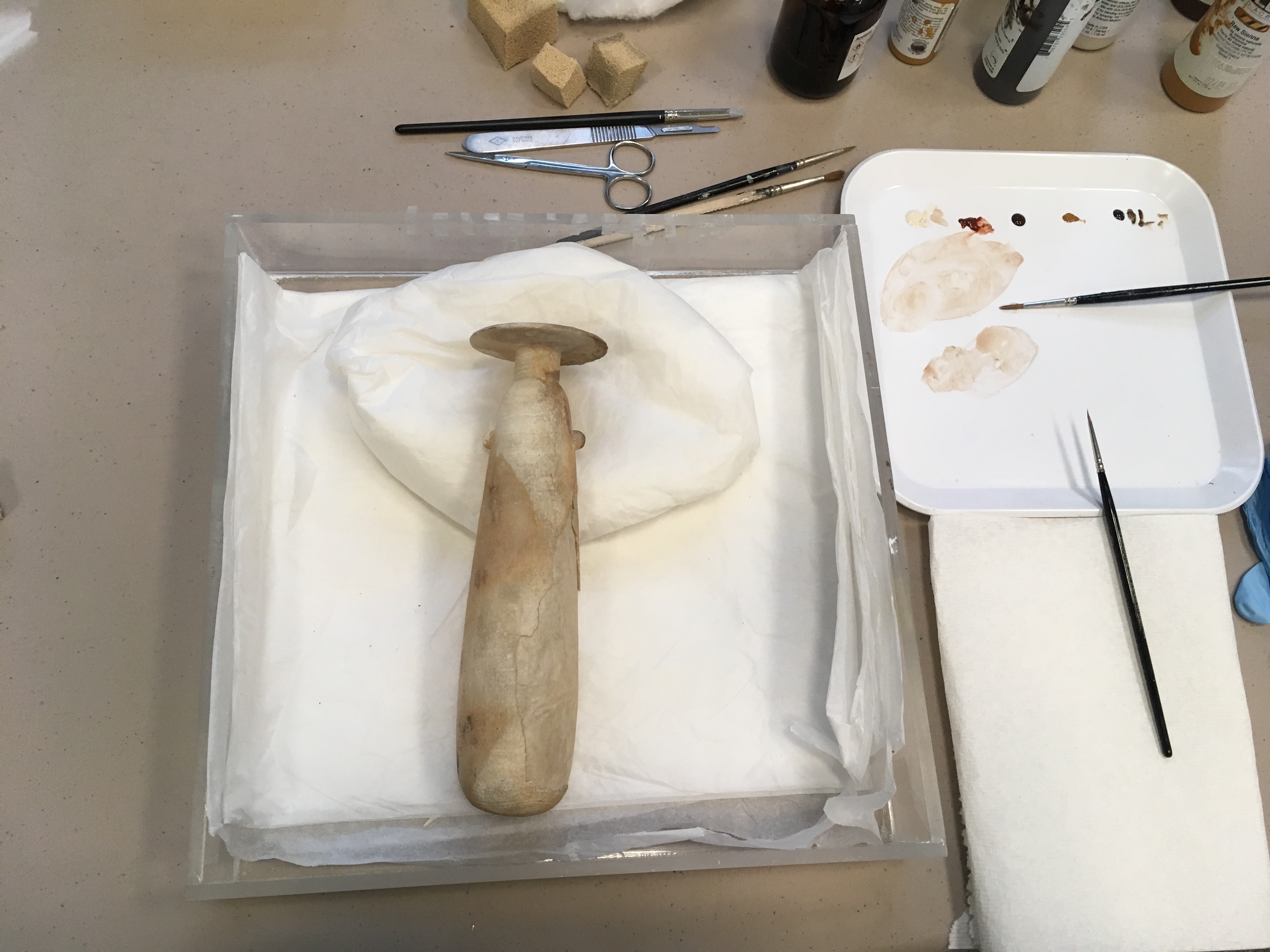- Art Home
- Exhibitions
-
Explore the Collection
- Explore the Collection Home
- African Art
- American Paintings, Sculpture and Drawings
- Contemporary
- Decorative Arts and Design
- East Asian Art
- European Paintings, Sculpture and Drawings
- Fashion Arts and Textiles
- Musical Instruments
- Indigenous American Art
- Photography
- Prints
- South Asian Art, Islamic Art and Antiquities
- Conservation
- Meet the Curators
- Digital Resources
- Events & Programs Home
- Calendar
- Accessibility
- Adults
-
Families & Teens
- Families & Teens Home
- 10x10 Teen Art Expo
- Art on the Rise
- Art Together: Art Making for Families with Children Ages 3–5
- Baby Tours
- Boy Scouts / Girl Scouts
- CAM Kids Day
- Choose Your Own Gallery Adventure
- Family Storytime and Gallery Walk
- Family Studio: Art Making for Families with Children Ages 6–12
- REC Reads
- Rosenthal Education Center (REC)
- See Play Learn Kits
- Summer Camp
- Teachers
- Community Outreach
- Fundraisers
- Plan Your Own Event

- Art Home
- Exhibitions
-
Explore the Collection
- Explore the Collection Home
- African Art
- American Paintings, Sculpture and Drawings
- Contemporary
- Decorative Arts and Design
- East Asian Art
- European Paintings, Sculpture and Drawings
- Fashion Arts and Textiles
- Musical Instruments
- Indigenous American Art
- Photography
- Prints
- South Asian Art, Islamic Art and Antiquities
- Conservation
- Meet the Curators
- Digital Resources
- Events & Programs Home
- Calendar
- Accessibility
- Adults
-
Families & Teens
- Families & Teens Home
- 10x10 Teen Art Expo
- Art on the Rise
- Art Together: Art Making for Families with Children Ages 3–5
- Baby Tours
- Boy Scouts / Girl Scouts
- CAM Kids Day
- Choose Your Own Gallery Adventure
- Family Storytime and Gallery Walk
- Family Studio: Art Making for Families with Children Ages 6–12
- REC Reads
- Rosenthal Education Center (REC)
- See Play Learn Kits
- Summer Camp
- Teachers
- Community Outreach
- Fundraisers
- Plan Your Own Event
Blog
Blog
- Home
- Plan Your Visit
-
Art
- Art Home
- Exhibitions
-
Explore the Collection
- Explore the Collection Home
- African Art
- American Paintings, Sculpture and Drawings
- Contemporary
- Decorative Arts and Design
- East Asian Art
- European Paintings, Sculpture and Drawings
- Fashion Arts and Textiles
- Musical Instruments
- Indigenous American Art
- Photography
- Prints
- South Asian Art, Islamic Art and Antiquities
- Conservation
- Meet the Curators
- Digital Resources
-
Events & Programs
- Events & Programs Home
- Calendar
- Accessibility
- Adults
-
Families & Teens
- Families & Teens Home
- 10x10 Teen Art Expo
- Art on the Rise
- Art Together: Art Making for Families with Children Ages 3–5
- Baby Tours
- Boy Scouts / Girl Scouts
- CAM Kids Day
- Choose Your Own Gallery Adventure
- Family Storytime and Gallery Walk
- Family Studio: Art Making for Families with Children Ages 6–12
- REC Reads
- Rosenthal Education Center (REC)
- See Play Learn Kits
- Summer Camp
- Teachers
- Community Outreach
- Fundraisers
- Plan Your Own Event
- Give & Join
- About
- Tickets
- Calendar
- Exhibitions
- Blog
- Shop
Behind the Scenes in Conservation: Greek Alabastron
by Conservation
10/25/2018
behind the scenes , conservation , alabastron , alabaster , Greek
This 5th C Greek alabastron made of alabaster, has been in the objects conservation lab for repair. The alabastron is a long bodied ceramic with a flat disk at the top and a rounded bottom and would have been used for holding oils or perfumes. This container has a large loss comprising almost half the vessel and a detached fragment. The fragment has only one point of contact and sits like a peninsula in the middle of the loss, making it vulnerable to breakage. In order to secure the fragment and fill the loss, our objects conservator devised a recessed Japanese tissue paper fill.
The recessed fill attaches to the interior edges around the loss and creates a secure backing for the fragment to rest against. Sheets of Japanese tissue paper were layered and coated with an adhesive to provide strength and rigidity to the fill. To mimic the rounded shape of the vessel the paper wetted and pressed into the interior until dry to create a cast. The paper fill creates a stable support for the fragment and a unified appearance for the vessel.
Cincinnati, OH 45202
Toll Free: 1 (877) 472-4226
Museum Hours
Museum Shop
Terrace Café
Library
The Cincinnati Art Museum is supported by the generosity of tens of thousands of contributors to the ArtsWave Community Campaign, the region's primary source for arts funding.

Free general admission to the Cincinnati Art Museum is made possible by a gift from the Rosenthal Family Foundation. Exhibition pricing may vary. Parking at the Cincinnati Art Museum is free.
Generous support for our extended Thursday hours is provided by Art Bridges Foundation’s Access for All program.

General operating support provided by:





